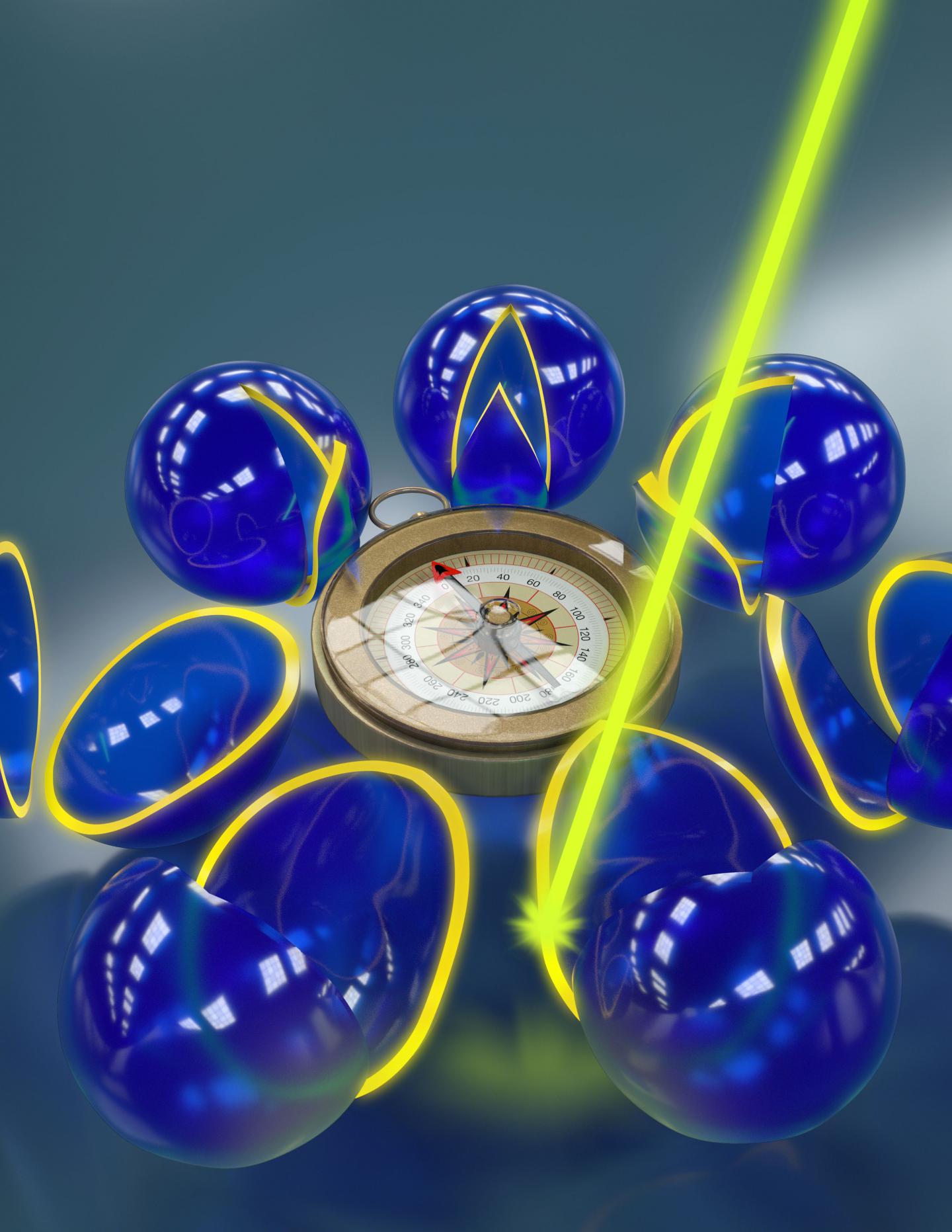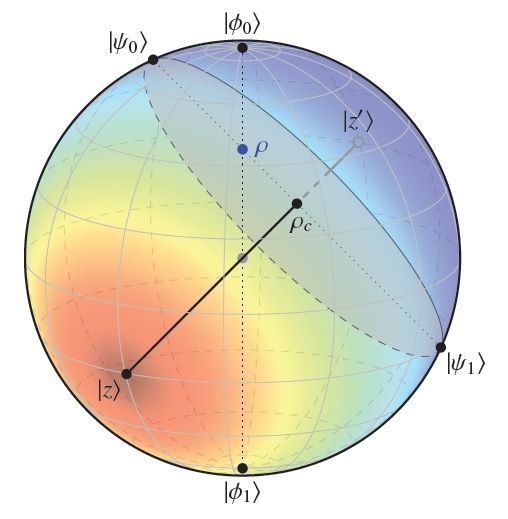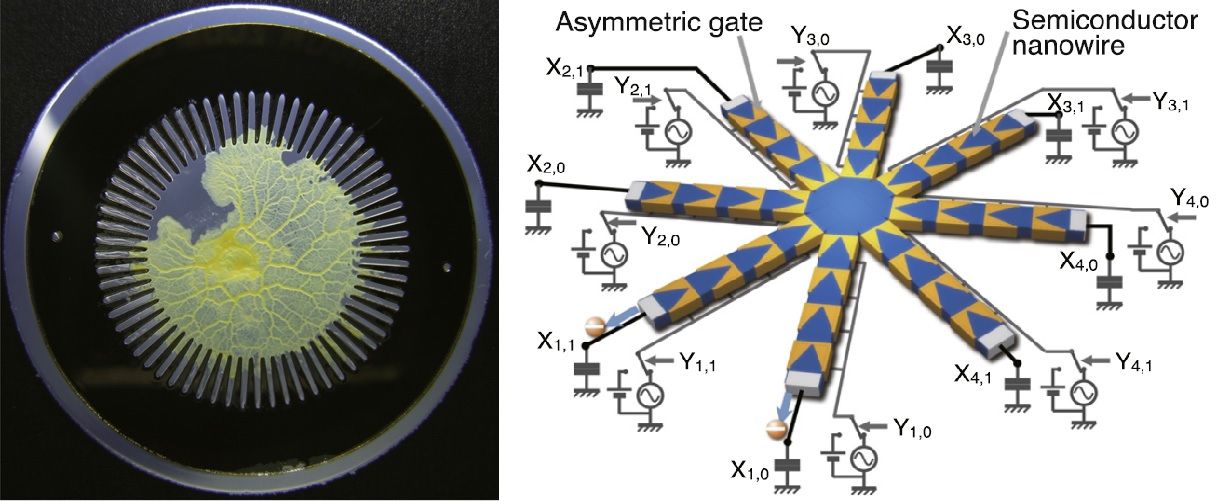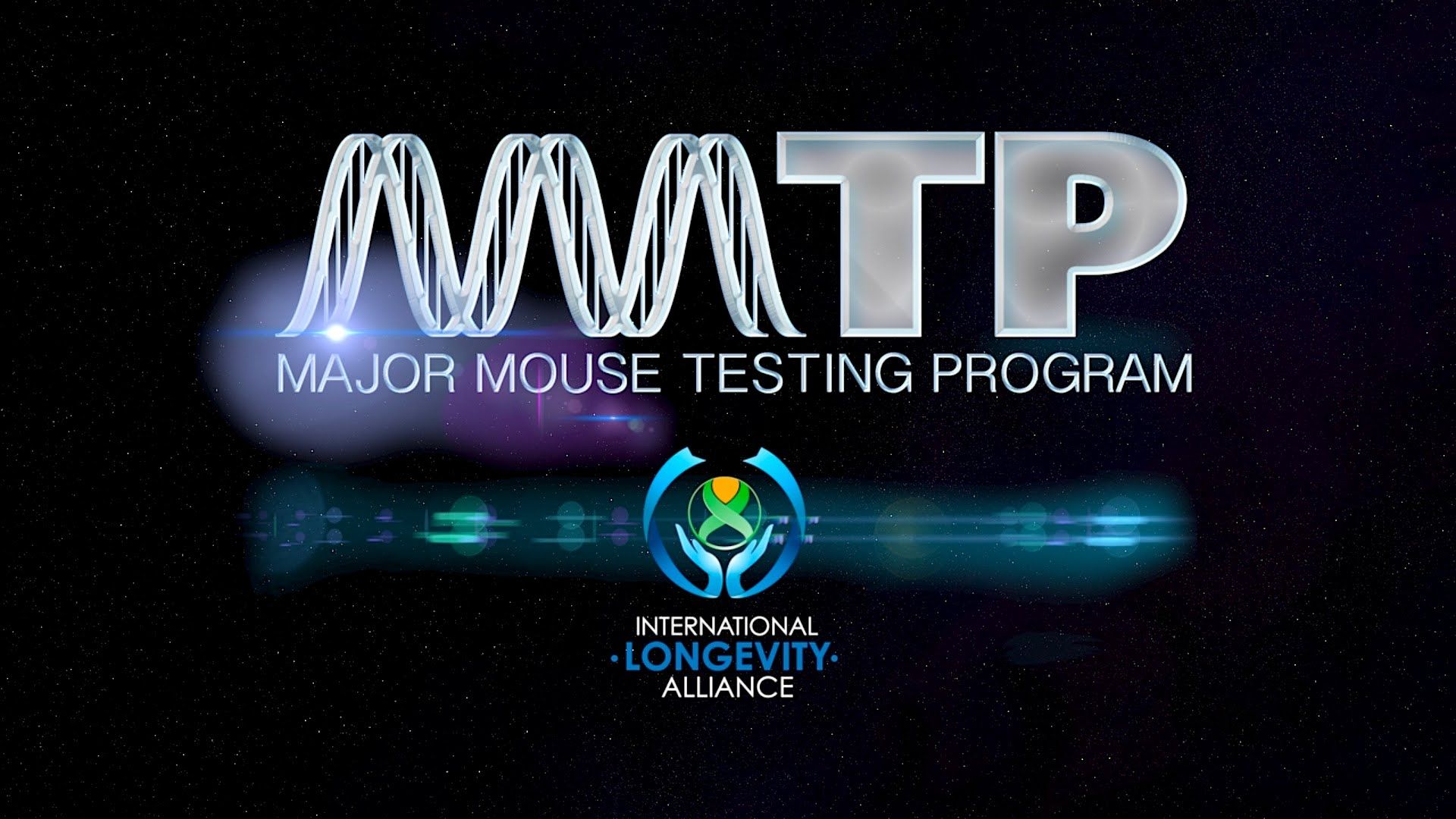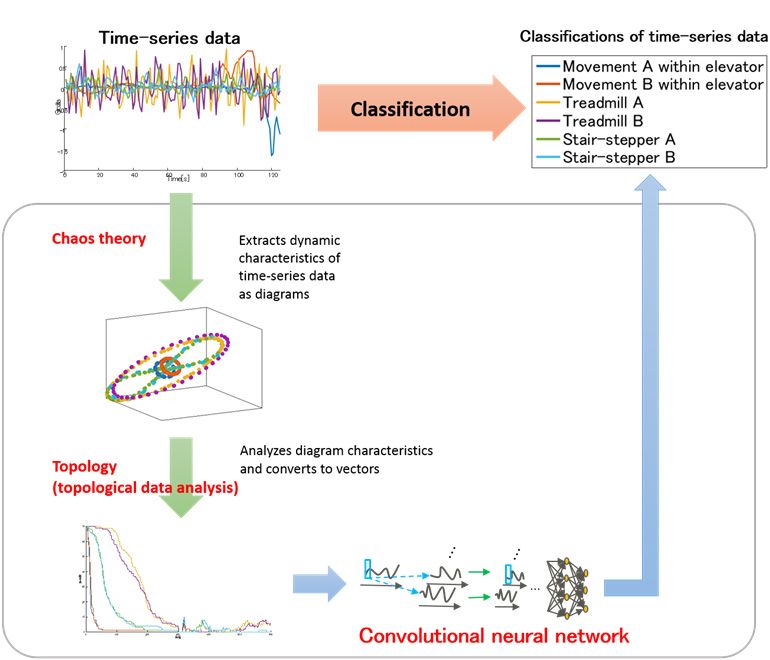Feb 19, 2016
Researchers demonstrate ‘quantum surrealism’
Posted by Karen Hurst in categories: particle physics, quantum physics
Proving Quantum
New research demonstrates that particles at the quantum level can in fact be seen as behaving something like billiard balls rolling along a table, and not merely as the probabilistic smears that the standard interpretation of quantum mechanics suggests. But there’s a catch — the tracks the particles follow do not always behave as one would expect from “realistic” trajectories, but often in a fashion that has been termed “surrealistic.”
In a new version of an old experiment, CIFAR Senior Fellow Aephraim Steinberg (University of Toronto) and colleagues tracked the trajectories of photons as the particles traced a path through one of two slits and onto a screen. But the researchers went further, and observed the “nonlocal” influence of another photon that the first photon had been entangled with.
Continue reading “Researchers demonstrate ‘quantum surrealism’” »

